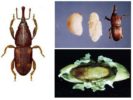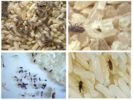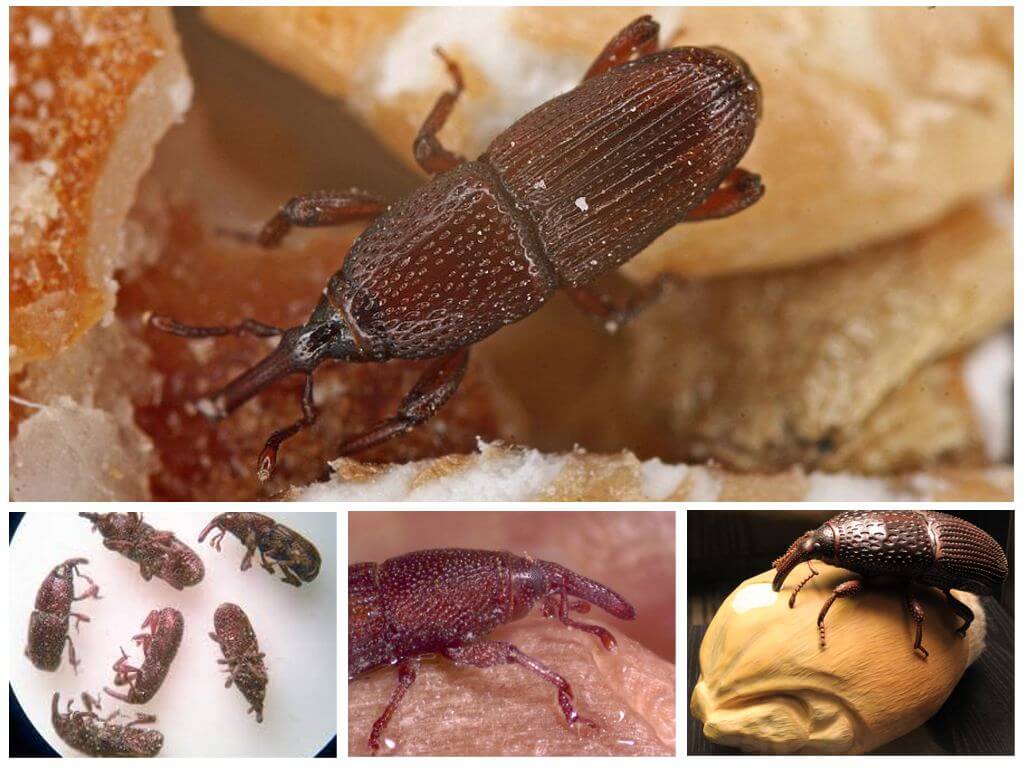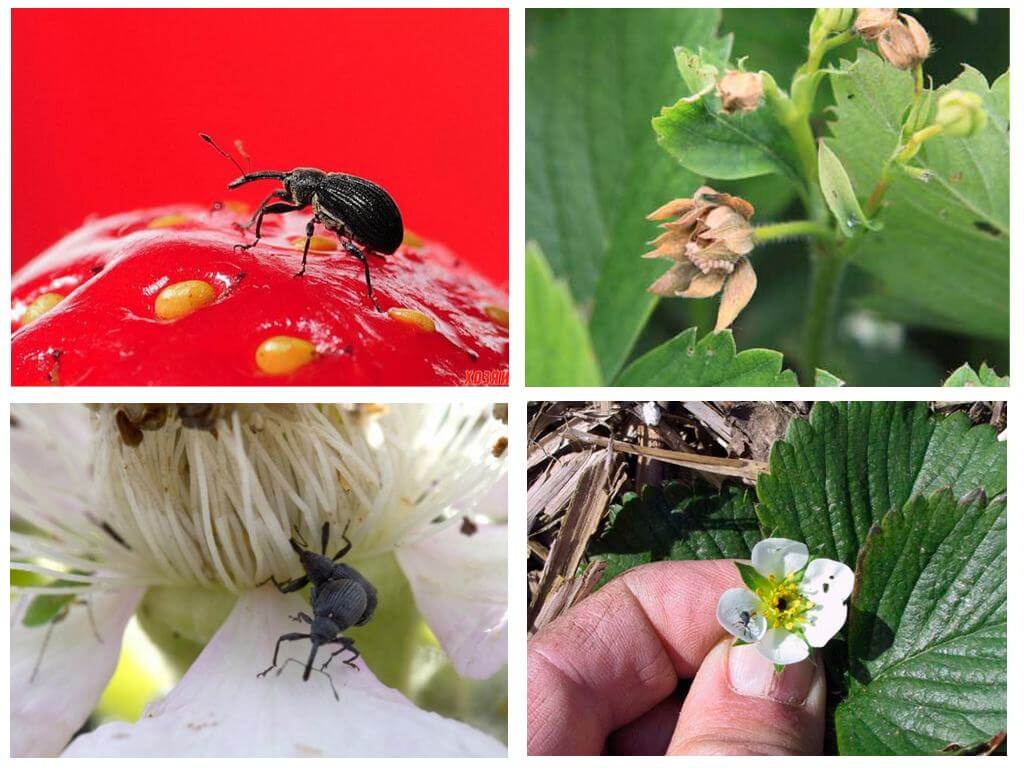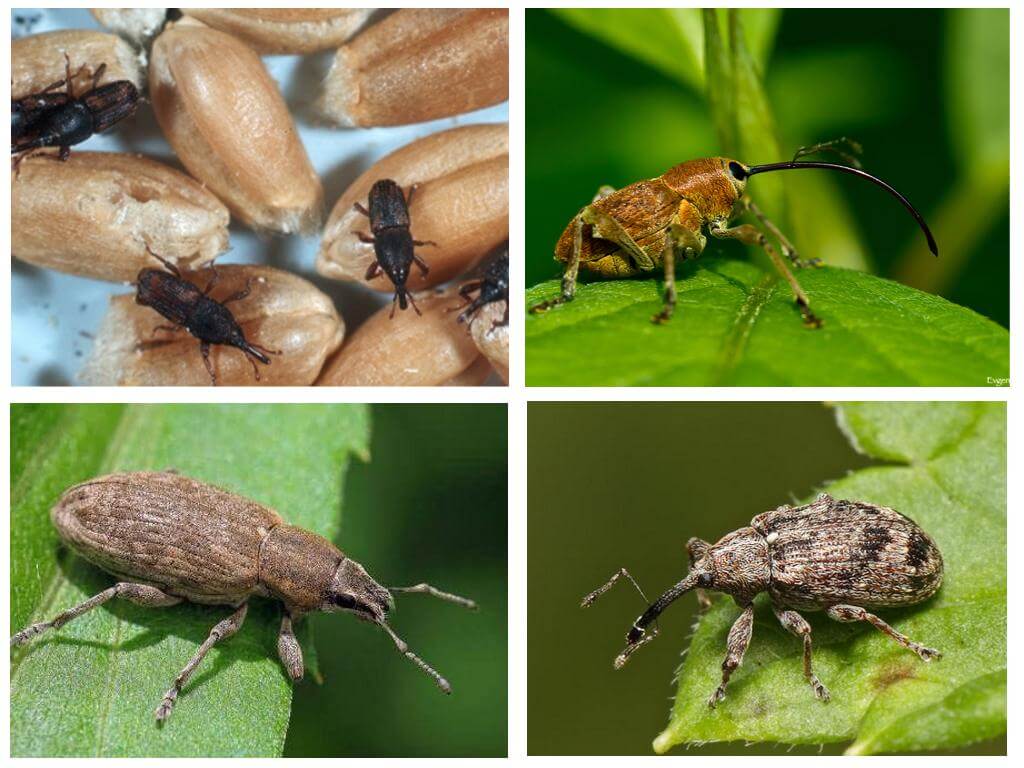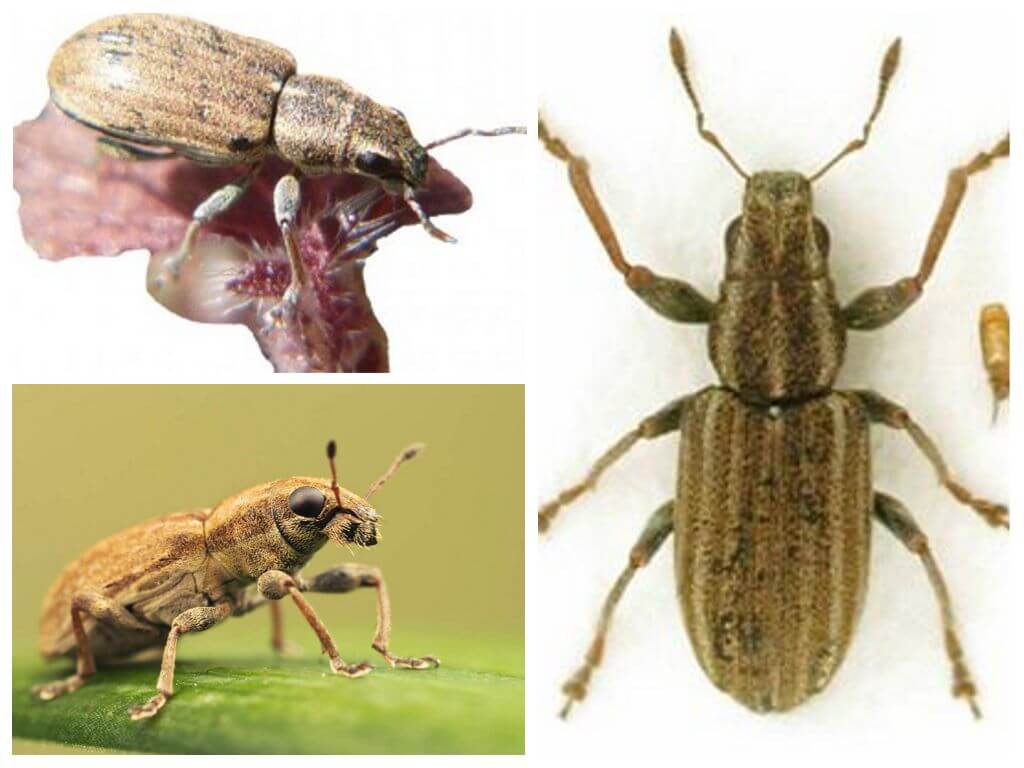- Rice weevil
- Weevil Rice Weevils
- Rice weevil
WeevilsDespite their pretty name, they cause serious damage to crops. In total, there are about 50,000 species, and it is sometimes difficult for an inexperienced layman to identify each of them. A separate place in the family is occupied by rice weevil. Its historical homeland is India, from where it spread throughout the world. In some countries, the pest is a quarantine object.
Description of rice weevil
The pest got its name not entirely justified. When describing the specimens, the natural scientist Karl Linney discovered the weevil in rice, which predetermined the species belonging of the insect. In reality, the diet of the beetle is not limited to rice - it does not disdain buckwheat, wheat, barley and other cereal crops and may well be found in these products.
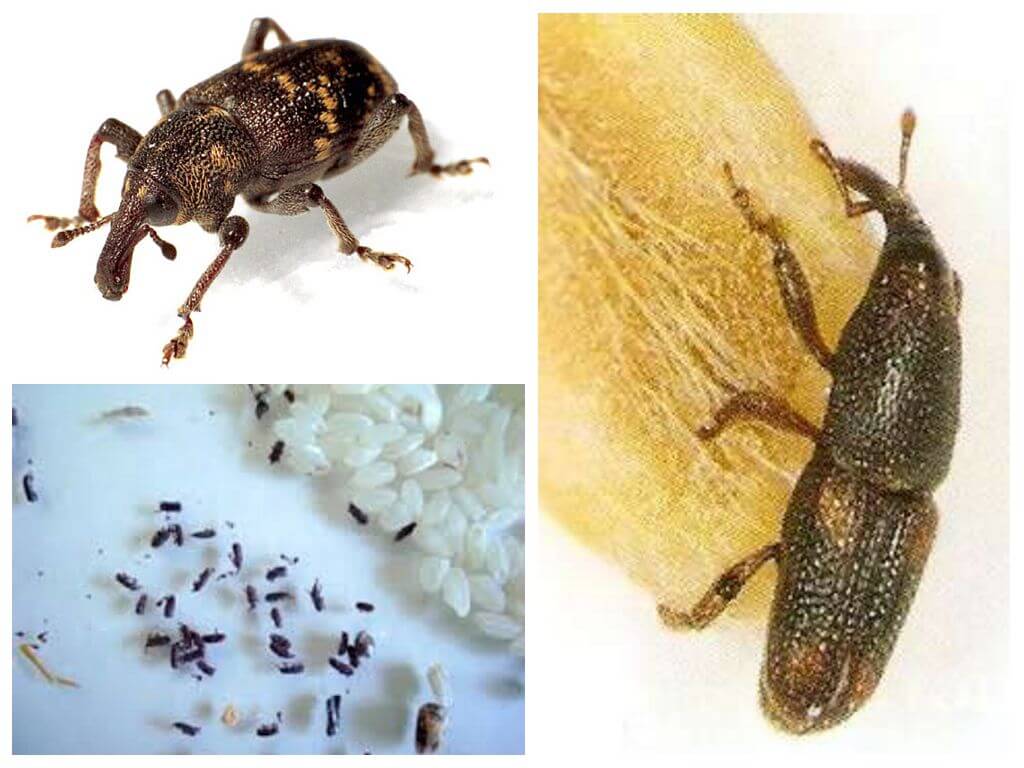
Beetle Features:
- The rice weevil in the photo is distinguished by an elegant rostrum and distinct red spots on the elytra.
- The sizes of adults do not exceed 2.5-3 mm.
- The body color is changeable and can be from dark brown to brown. The entire back is densely covered with dots that create a peculiar pattern.
- Rice weevil has well-developed wings, so it exhibits outstanding flying abilities.
- The head tube is equipped with a powerful oral apparatus, which allows gnawing the shell of grain.
The beetle is thermophilic, as a result of which its greatest distribution is observed in the southern regions. The optimum development temperature is 26-30 ° C and the grain humidity is from 15%.
Interesting!
Rice weevil has a lot to do with barn weevil. You can distinguish them only by the picture on the back. Also, the rice pest is characterized by higher fecundity and harmfulness.
In the field, insects hibernate in underground tunnels, rodent burrows, under a mound of grain. If there is a constant feed base, they lead a sedentary lifestyle. When food supplies run out, rice weevils migrate and fly to the fields with a new crop.
Features of the reproduction of insects
Representatives of the species of rice weevils are characterized by a complete transformation. The female gnaws a hole in the grain and lays eggs in it. The fertility of one female is estimated at 300-500 embryos. After laying eggs, the beetle covers the hole with its secretions. Embryo development lasts from 6 to 12 days.
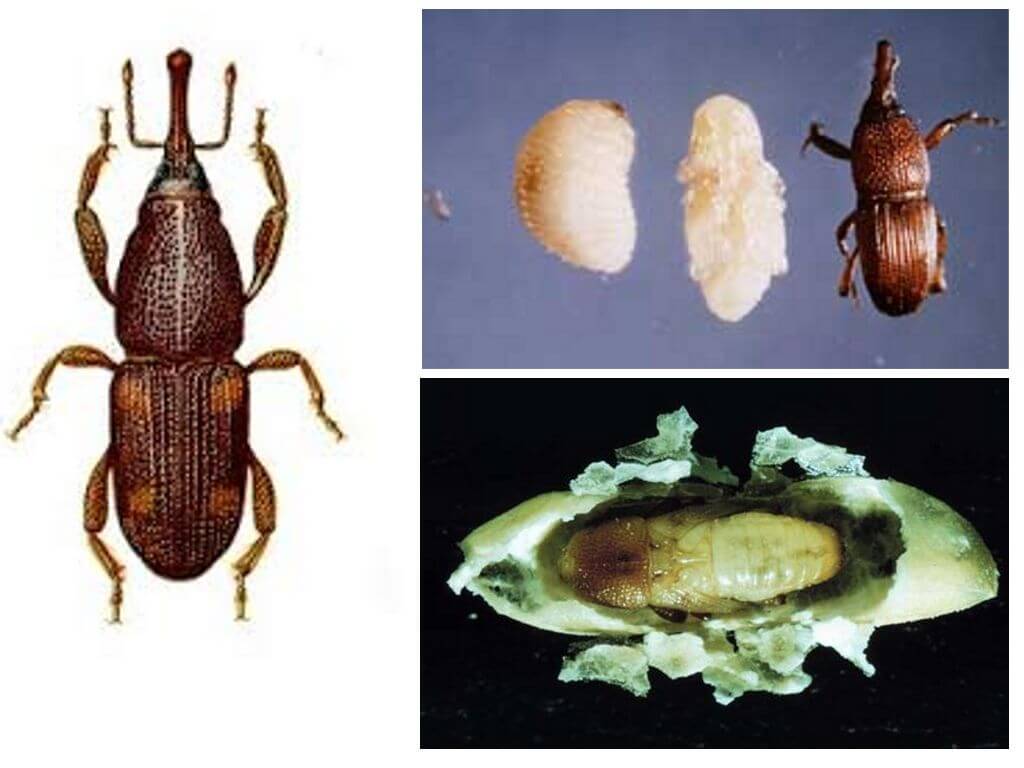
Newborn larvae are white without any pattern. The size of young animals is 2.5-3 mm and their development continues in the grain. The larvae eat out all the nutrients and after 20-30 days, when they have gained the necessary mass, they pass to the pupation stage. Initially, the pupae are white, at the end of the phase they turn yellow.
Interesting!
If weevils are wound in rice, then the cereal loses from 30 to 70% of its original weight.
The imago lives no more than 6 months. The full development cycle ranges from 25 to 210 days. The determining factors for generation are humidity and temperature. If the temperature is below 12 ° C, the development of embryos and larvae of rice weevils stops. From 2 to 4 generations develops per year.
How to get rid of pests at home
Infection of crops occurs in the fields. Improper storage of cereals in warehouses exacerbates the problem and insects with food get into the apartment. Most often, weevils are planted in rice, buckwheat, wheat groats, pasta, bakery products, legumes, flour, dried fruits. Rice weevils easily gnaw holes in plastic bags and penetrate all available products.
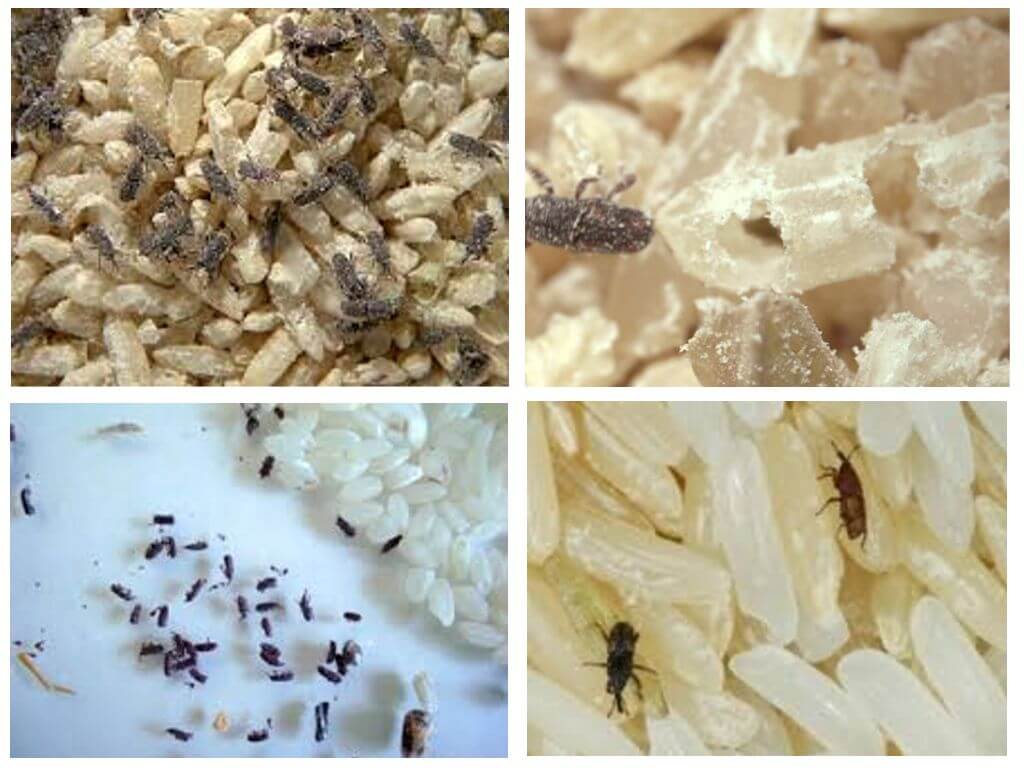
Action algorithm how to get rid of rice weevil in the kitchencomes down to the following:
- Detection of sources and foci of infection. To do this, you should carefully examine all the cereals, flour, pasta for the identification of larvae, adults. Contaminated products should be disposed of immediately.
- If there are suspicions that pests have started in the cereal, but it was not possible to identify them during a visual inspection, heat the products or cool them in the refrigerator. Low and high temperatures are detrimental to weevils at all stages of development.
For preventive purposes, a number of events are carried out:
- processing products before storage;
- storage of cereals, pasta in containers that are equipped with sealed lids;
- regular inspection of products;
- reduction of strategic food reserves;
- timely disinfection of kitchen utensils.
Among folk remedies, plants with a repelling aroma are most often mentioned. It is proposed that lavender branches be laid out in lockers, and unpeeled garlic cloves in a storage container.

